Zahra Sharifi
Advisor: Lisa Landrum
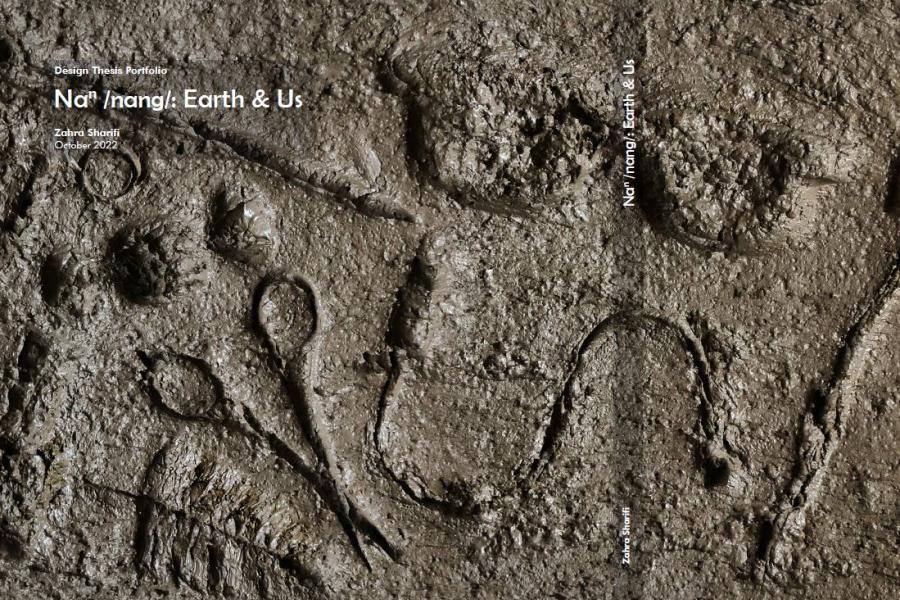
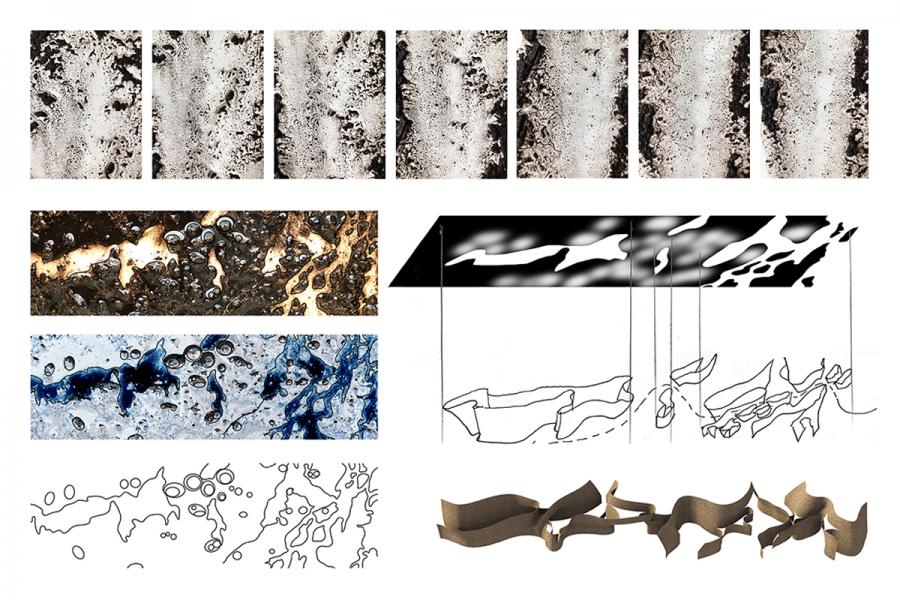
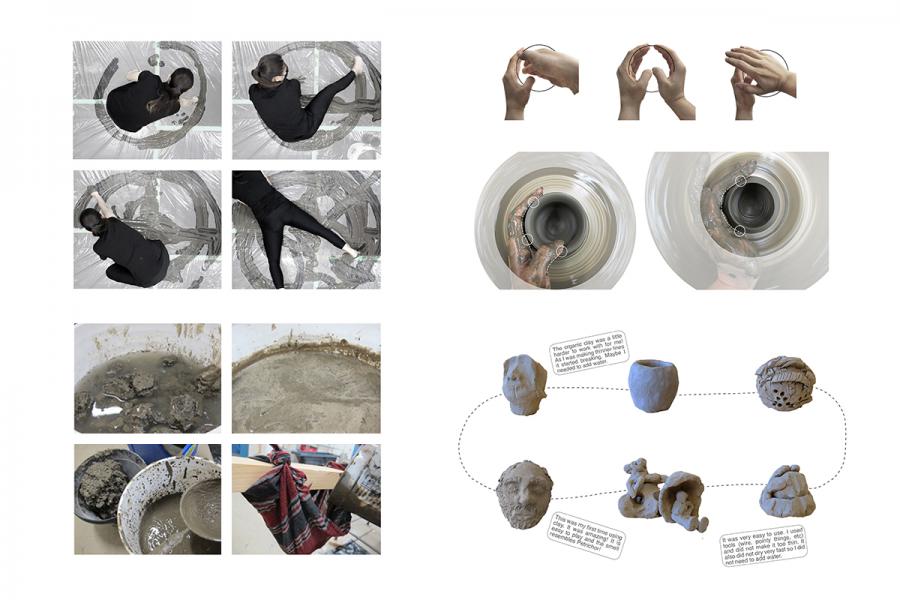
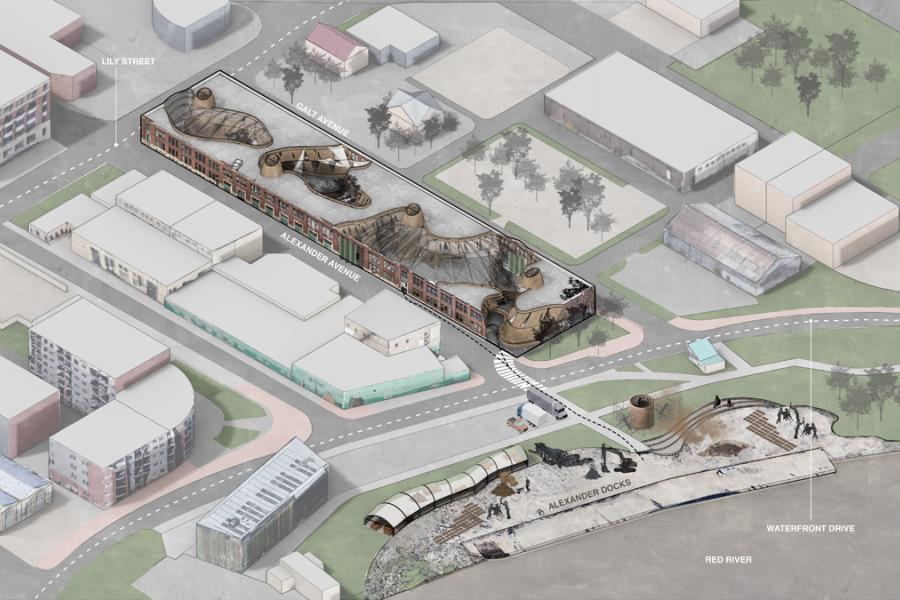
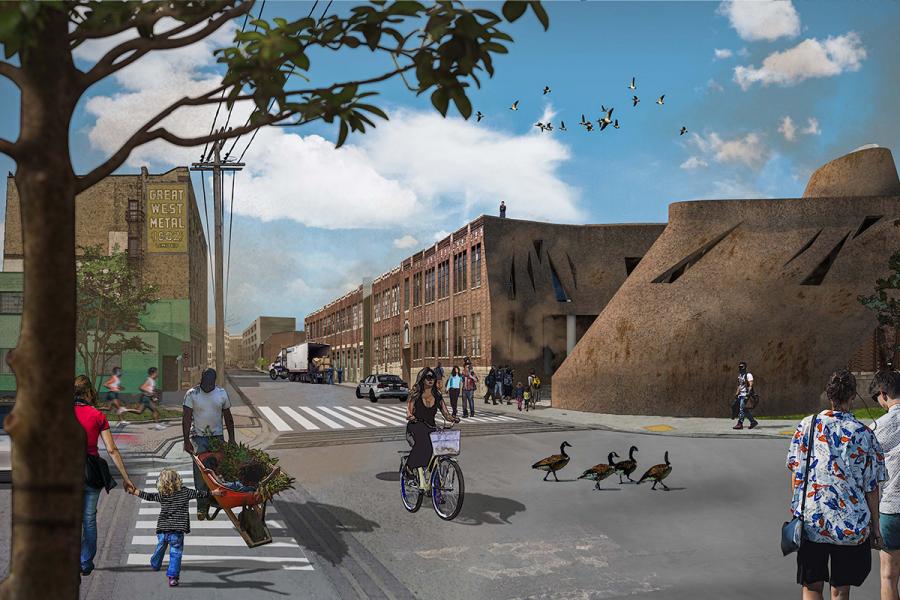
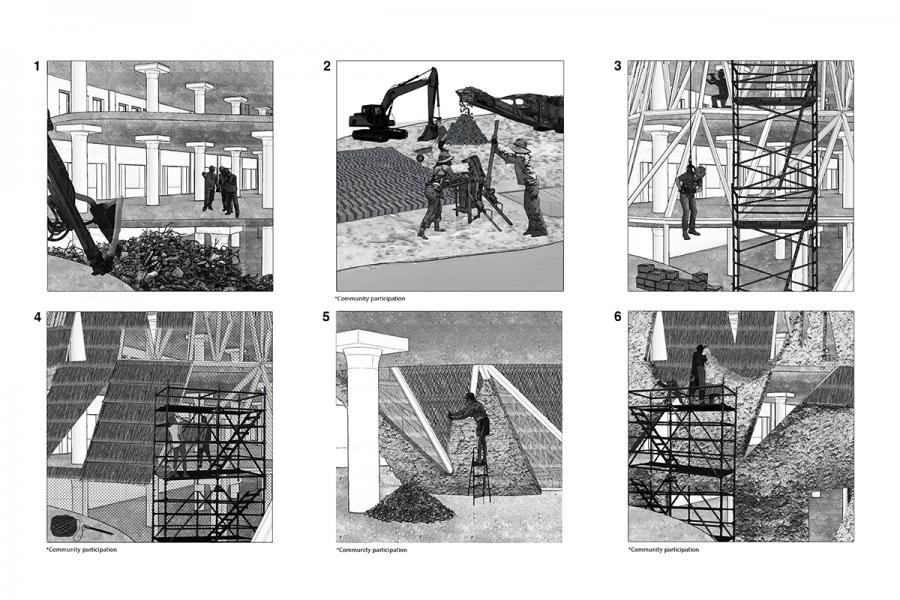
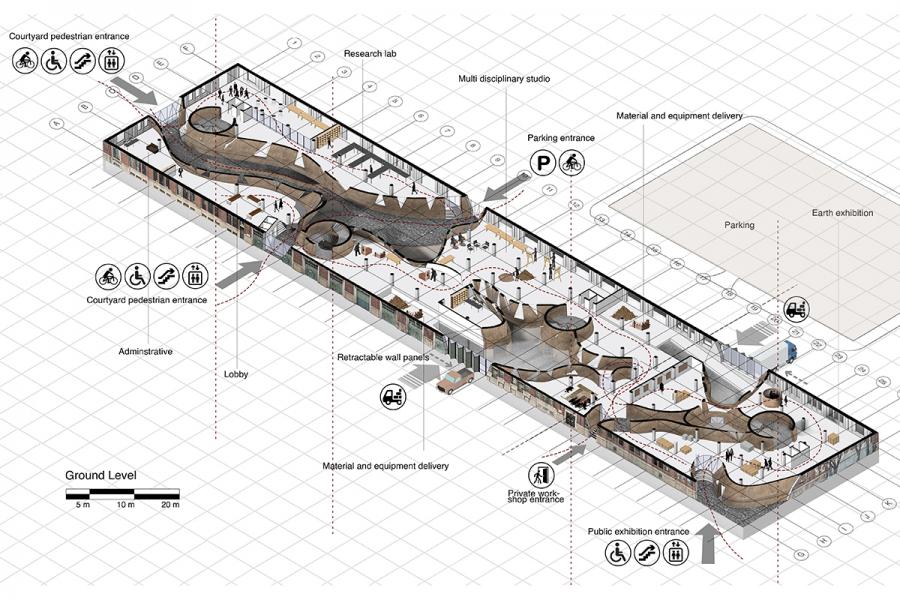

Nan/Nang/: Earth and Us1
My thesis is focused on the potential of using and re-using local soil and modernized primitive vernacular strategies. I grew up and was educated in the historical city of Yazd, located in the largest desert of Iran, famous for its integrated earth urban fabric and climate adaptive structures. My interest in vernacular methodologies using soil became a starting point for questioning the lack of commitment towards earth construction in cold climates. As abundant and pliable materials, soil and mud are sustainable resources that have been used in construction for thousands of years, yet they have been replaced by harmful substances. By consuming all our natural energy resources, we will eventually reach a stage where manipulating and managing soil will become one of the leading global building strategies, and I believe inherited knowledge of traditional teachings is a starting point for all earth-based research.
Focusing on cold climates originated from my experience of living in Winnipeg and the city's lack of earth awareness. Even though the area endures heavy winter snow, which requires thick waterproofing, insulation, and durable building envelope systems, there is a historical and geological connection between the city and mud. The muddy land of Alexander Docks next to Red river in central Winnipeg, intrigued me to think about the re-use of deposited mud from the river for earth construction. I am proposing an adaptive rejuvenation of the old warehouse adjacent to the docks, by mimicking the natural qualities of mud and adding new insulated exterior earth walls inspired by my own research, previous earth strategies conducted in Manitoba such as Sod houses and traditional Persian earth structures such as Karbandi. The building will act as an earth reconnection center in the heart of downtown inviting the locals and international researchers to engage in earthly thinking.
The simplicity of the construction process is in direct relation to the simplicity of the structure which allows us to implement local common labor and on-site preparation. Low-tech earth strategies provide the opportunity for community participation in annual spring maintenance for example reapplying mud plaster on earth walls. By considering the excavated site soil and deposited mud from the river as the main building material ( processed and separated into silt, clay and sand) and reusing existing building waste such as bricks, concrete and steel for reinforcement, there is a possibility of neutral carbon construction.
Thesis questions:
Considering the geography and climate of Winnipeg and our connection with earth, is there a possibility of developing the urban fabric through harmless organic materials such as soil? How do we unconsciously create an economic and cultural shift in the building industry and society by encouraging the community to participate in this process, where building with soil and using and reusing organic materials become a regular stage of any design project? How can earth walls turn into tools for educating the community, and the annual maintenance of such structures become festivals and ceremonies passed on to future generations? How can we reduce the building waste and the carbon footprint of a new construction through retrieving vernacular primitive teachings?
1 In the native language of Tewa (spoken by Pueblo Native Americans), Nan/Nang/ means earth and people.
